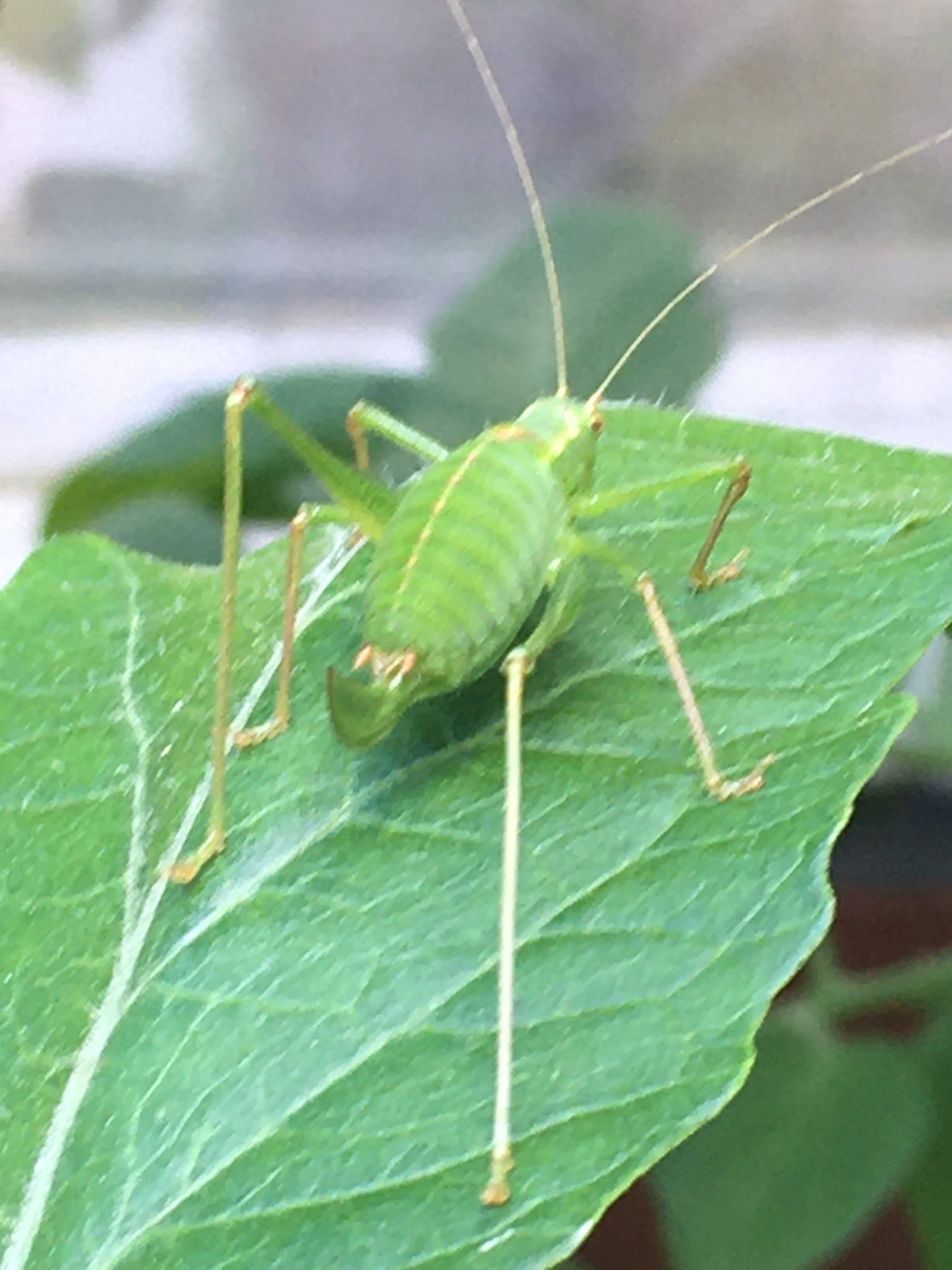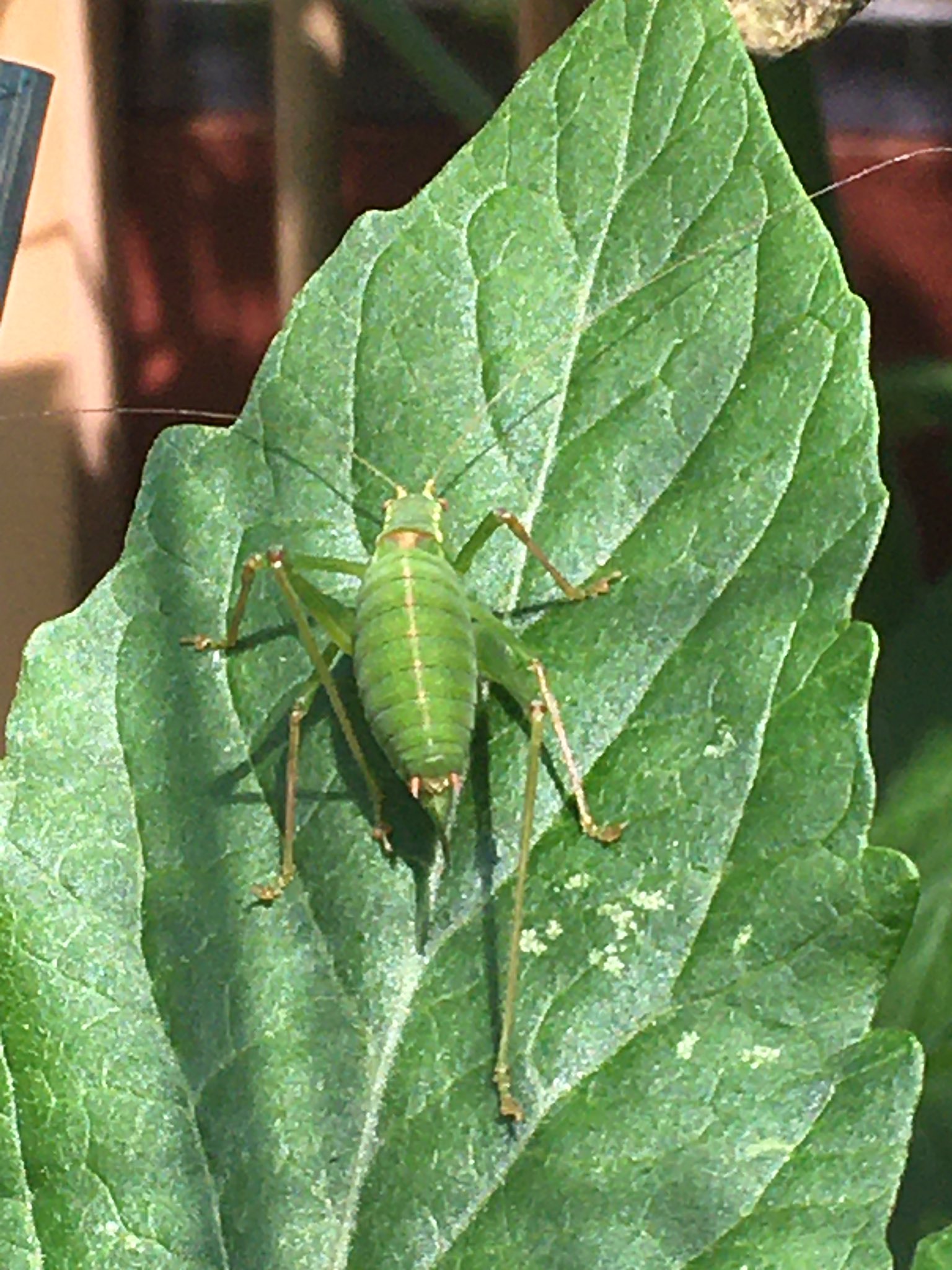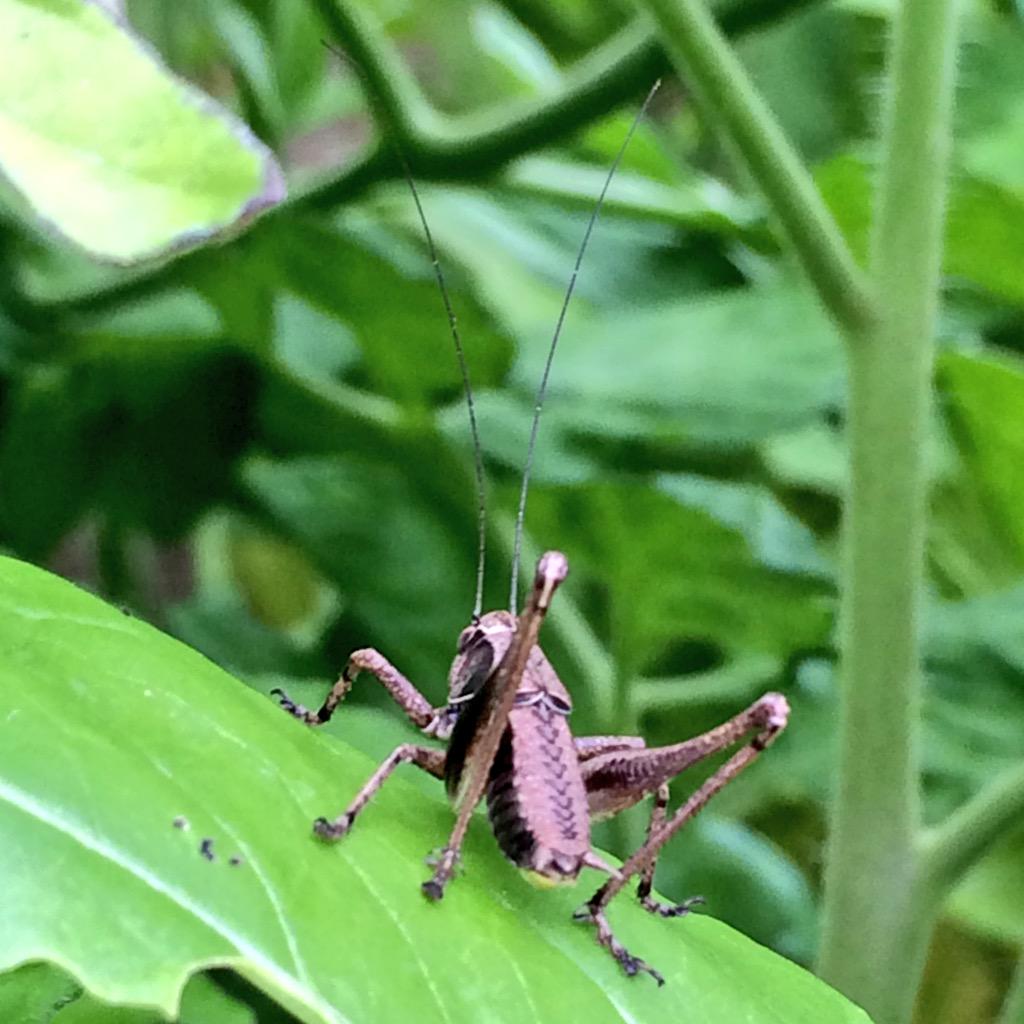
Crickets, those chirping insects that often serenade us during warm summer evenings, are a fascinating species with a diverse appetite. While many of us are aware that crickets are omnivorous and feed on a variety of plants and insects, the question remains: do crickets eat tomatoes? In this comprehensive guide, We’ll talk about crickets and what they like to eat, especially tomatoes. So, let’s embark on this guide to find out if these tiny creatures have a penchant for tomatoes.
Table of Contents
Do Crickets Eat Tomatoes?

Crickets are naturally drawn to the scent of ripe fruits, including tomatoes. Their attraction to tomatoes may be influenced by the fruit’s scent, color, and the succulent juices that can be found within. When presented with tomatoes, crickets are known to take a nibble or two, savoring the taste and moisture.
Are Tomatoes Good for Crickets?

Tomatoes are not necessarily bad for crickets, and some crickets may nibble on tomatoes when they come across them in a garden. Tomatoes can provide a source of hydration due to their high water content, and they contain some nutrients that could benefit crickets. Tomatoes are a source of essential vitamins and minerals, including vitamin C, vitamin K, and potassium. These nutrients can provide crickets with energy and support their overall health.
However, crickets have a diverse diet, and their preference for tomatoes can vary depending on the species and the availability of other foods in their environment. While tomatoes are not harmful to crickets, they are not a primary food source for these insects.
Signs Crickets Are Eating Tomatoes
Our beloved tomato plants are not immune to cricket attacks. They face various challenges, including:
Leaves That Tell a Story
When crickets indulge in their nightly feasts, they leave behind distinctive signs on tomato leaves:
- Chewed Edges: Tomato leaves with chewed or ragged edges are a red flag.
- Irregular Holes: Keep an eye out for irregularly shaped holes in the leaves, often with a jagged appearance.
Stems and Fruits Under Siege
Cricket damage isn’t confined to leaves. It extends to the stems and fruits:
- Gnawed Stems: Observe stems that appear to have been gnawed on, leaving a damaged and weakened structure.
- Bitten Fruits: Ripe tomatoes with bite marks are a sure sign of cricket involvement, affecting the yield and quality of your crop.
Disturbed Soil: A Silent Indicator
Crickets can also be subtle architects of soil disturbance:
- Tunnels and Burrows: Look for tunnels and burrows in the soil near your tomato plants.
- Undermined Roots: Soil disruption can weaken the root system, jeopardizing plant stability.
Identifying Cricket Damage On Tomato vs. Other Pests
When your tomato plants have boo-boos or problems, it’s like a little mystery in your garden. You want to find out if these problems are caused by cricket friends or other garden pests like caterpillars or slugs. Here are two clever ways to figure it out:
Comparing Culprits:
Think of it like comparing fingerprints. Each pest, whether it’s crickets, caterpillars, or slugs, has its own special way of leaving marks on your tomato plants. To become a garden detective, look at the signs and patterns they leave:
- Different Bites: Crickets, caterpillars, and slugs don’t bite the same way. Crickets might nibble on leaves, leaving behind tiny, uneven bites. Caterpillars, on the other hand, might take bigger bites from the edges of leaves, making them look like they have bite marks. Slugs have their way of leaving slimy trails and making holes. By checking these bite marks, you can tell who the plant troublemaker is.
- Clues in the Patterns: Sometimes, these pests leave clues in the patterns of the damage. For instance, caterpillars might create a neat pattern of bites along the leaf edges, while crickets make more jagged holes. When you spot these patterns, it’s like a secret code telling you who was in your garden.
Nighttime Inspections:
Now, crickets are like the night’s special secret agents. They come out when the stars twinkle, and it’s all dark outside. To catch them doing their mischief, we use a little trick:
- Midnight Adventures: When everyone’s asleep, you and a grown-up can take a flashlight and sneak out to the garden. The darkness is like a blanket that hides the crickets’ secrets. With the flashlight, you can find those cricket friends hopping around and nibbling. Other pests, like caterpillars or slugs, are usually not out at this time. So, it’s the best time to catch the cricket culprits in action.
How To Get Rid Of Crickets From Eating Tomatoes
If you’re wondering how to get rid of crickets from eating your tomatoes, you’re in the right place. In this guide, we’ll explore effective methods to safeguard your precious produce and keep those chirping culprits at bay.
Natural Deterrents and Repellents
1. Use Natural Predators
Introduce natural predators of crickets to your garden. Animals like birds, toads, and certain insects are cricket’s natural enemies and can help keep their population in check.
2. Companion Planting
Utilize companion planting techniques to deter crickets. Plants like marigolds, basil, and lavender can act as natural repellents, making your garden less inviting to these pesky insects.
Homemade Remedies
1. Create a Garlic Spray
Prepare a garlic spray by blending garlic cloves with water and a little dish soap. Spraying this mixture on your tomato plants can act as a potent deterrent for crickets.
2. Essential Oils
Leverage the power of essential oils. Oils like neem oil, peppermint oil, or cinnamon oil can be diluted and sprayed on your tomato plants to discourage crickets.
Physical Barriers
1. Garden Netting
Use garden netting or row covers to physically block crickets from reaching your tomato plants. Make sure to secure the netting tightly to prevent any gaps.
2. Raised Garden Beds
Consider raising your tomato plants in beds above ground level. Crickets may find it harder to climb up and reach your tomatoes.
Maintain Garden Hygiene
1. Eliminate Hiding Spots
Clean up your garden and remove debris, like fallen leaves or stacked pots, that can provide hiding spots for crickets during the day.
2. Proper Watering
Avoid overwatering tomatoes, as crickets are attracted to moist environments. Proper watering can discourage their presence.
Store-Bought Solutions
1. Insecticidal Soaps
Consider using insecticidal soaps that are safe for your plants but effective against crickets. Follow the instructions on the product label for best results.
2. Diatomaceous Earth
Diatomaceous earth, a natural and harmless substance, can be sprinkled around your tomato plants. It will create a barrier that can deter crickets.
Conclusion
With these strategies in your gardening arsenal, you can effectively fend off crickets and safeguard your precious tomato plants. Remember that a combination of techniques may yield the best results. Enjoy your beautiful, cricket-free tomato garden, and savor the fruits of your labor without worrying about unwelcome nibblers.
